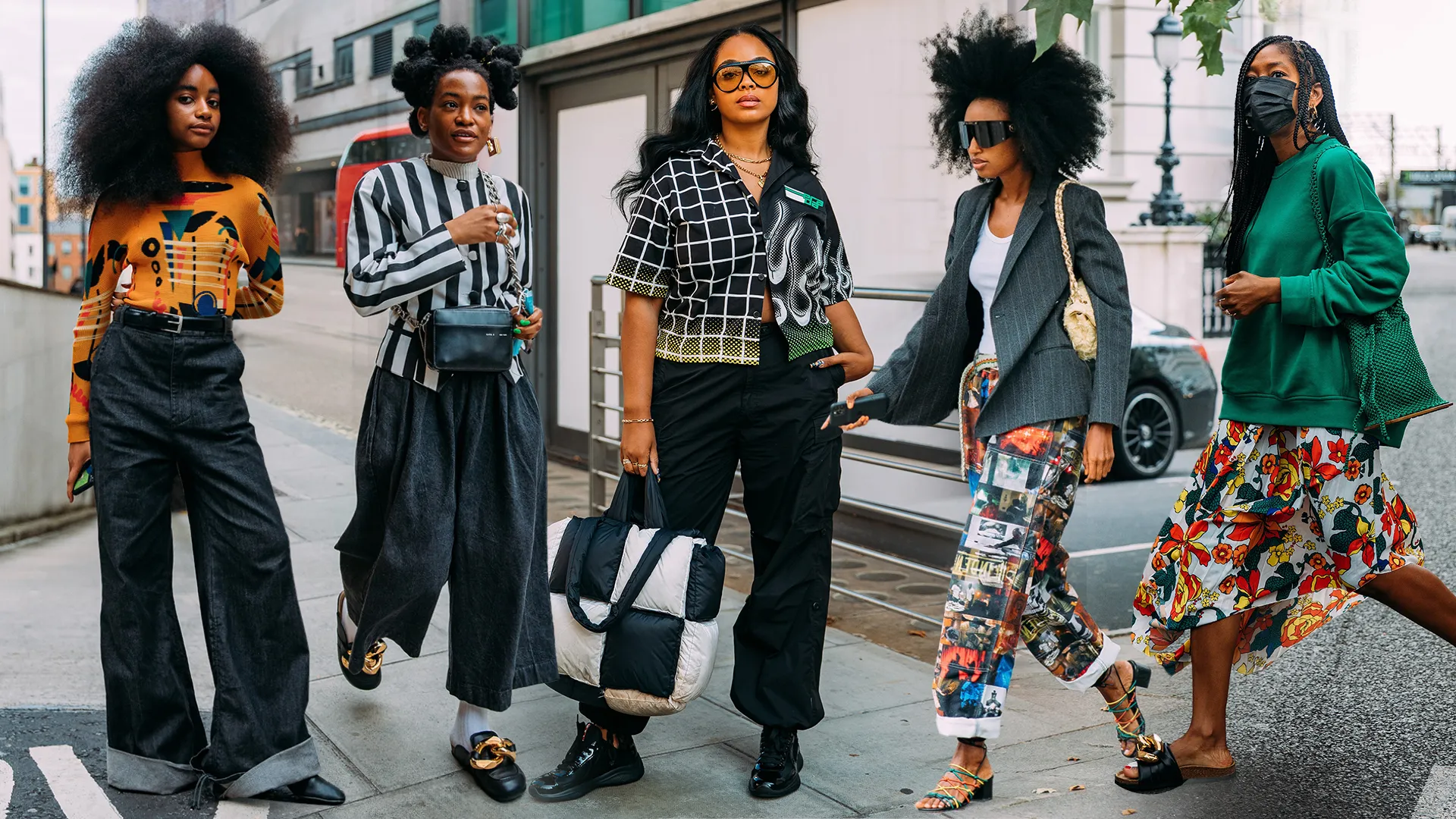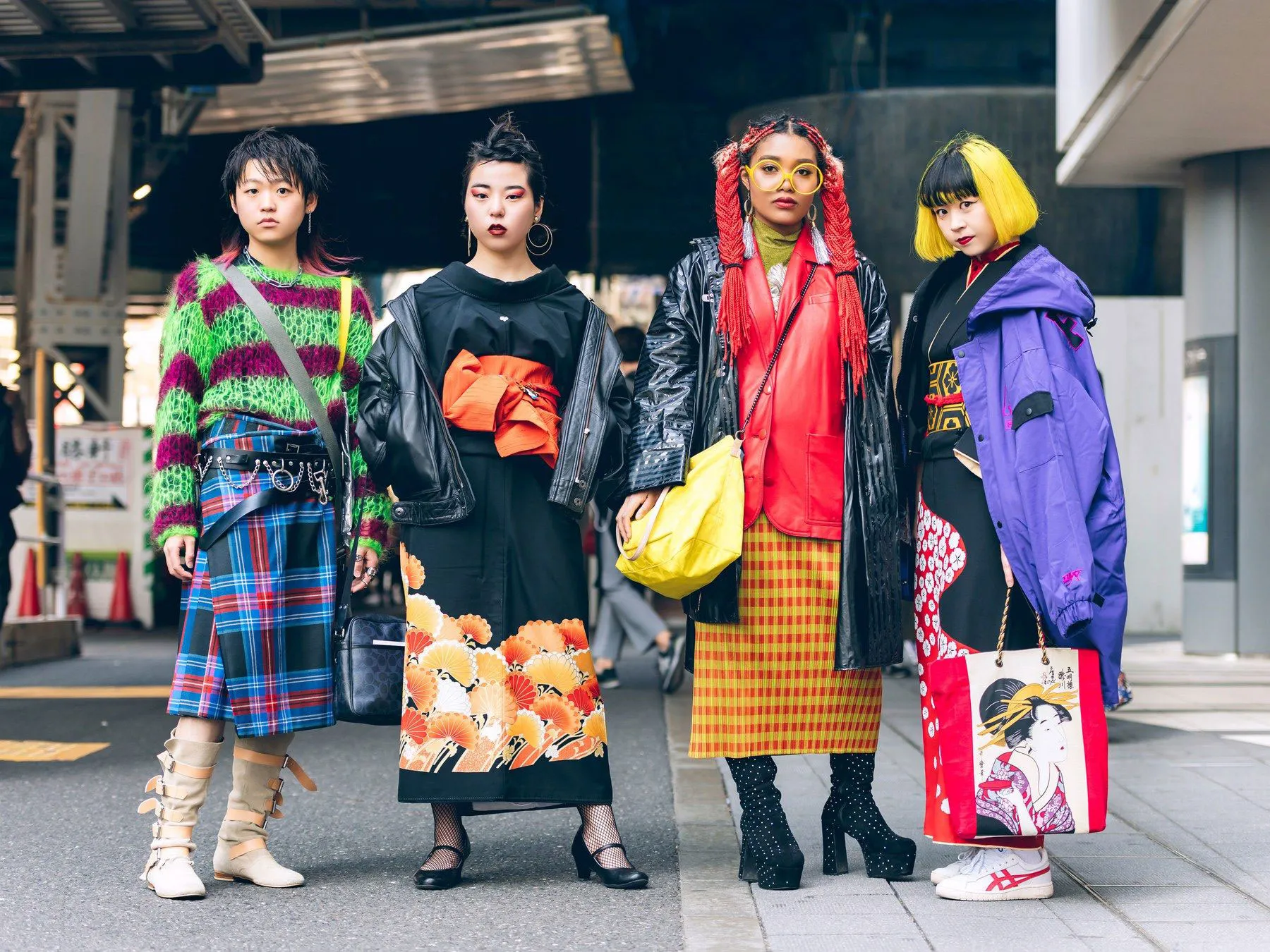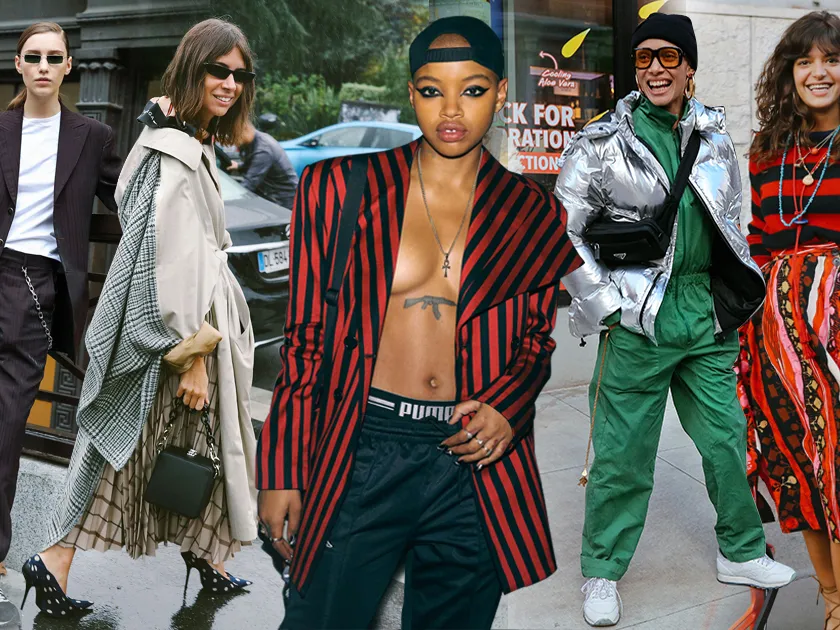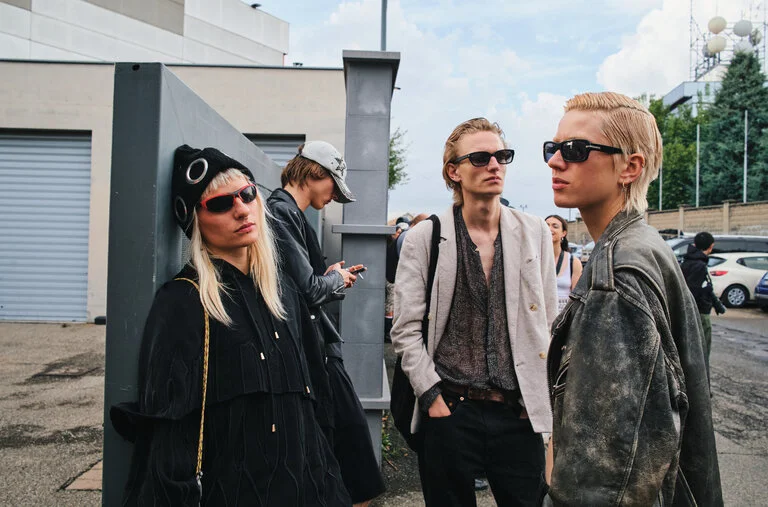Once confined to urban neighborhoods and subcultures, streetwear has emerged from the streets to become a global fashion phenomenon. What began as a form of self-expression among youth in metropolitan areas has evolved into a cultural and sartorial movement that transcends borders and resonates with people from all walks of life. The journey of streetwear from local subcultures to international runways is a testament to its impact on the broader fashion landscape.
1. Roots in Subcultures:
Streetwear’s origins can be traced back to various subcultures, including skateboarding, hip-hop, and graffiti. It served as a form of rebellion and self-expression for marginalized youth, giving rise to a unique aesthetic characterized by casual comfort, bold graphics, and an emphasis on individuality.
2. Skate and Surf Culture Influence:
The influence of skate and surf culture is integral to the evolution of streetwear. Brands like Vans and Stussy, born from these subcultures, laid the foundation for the movement. Comfortable silhouettes, graphic tees, and functional sneakers became staples, defining the casual, laid-back style associated with streetwear.
3. Hip-Hop’s Fashion Impact:
Hip-hop played a pivotal role in bringing streetwear to the forefront of fashion. Artists like Run-DMC and their iconic Adidas tracksuits, along with the rise of streetwear-centric brands like Supreme, fueled the movement. Streetwear became synonymous with the hip-hop lifestyle, influencing fashion trends globally.
4. DIY Culture and Customization:
Central to streetwear is the do-it-yourself (DIY) ethos. Customization, hand-painted designs, and unique touches became hallmarks of the streetwear aesthetic. This hands-on approach not only allowed for individual expression but also contributed to the movement’s authenticity.
5. Emergence of Streetwear Brands:
Streetwear’s global ascent can be attributed to the rise of influential brands. Supreme, Off-White, and A Bathing Ape (BAPE) are among the pioneers that turned streetwear into a global phenomenon. These brands collaborated with high-end designers, creating a bridge between street fashion and luxury.
6. Globalization and Internet Culture:
The internet played a crucial role in propelling streetwear to a global audience. Online platforms and social media allowed enthusiasts to connect, share, and showcase their streetwear-inspired outfits. The globalization of fashion trends became more accessible, breaking down geographical barriers.
7. Celebrity Endorsements:
Celebrity endorsements played a significant role in the global reach of streetwear. From Kanye West’s Yeezy brand to Rihanna’s Fenty Puma collection, celebrities embraced and contributed to the movement, making streetwear a staple in mainstream fashion.
8. Collaborations with High Fashion:
Streetwear’s influence on high fashion became evident through collaborations between streetwear brands and luxury houses. Collaborations like Louis Vuitton x Supreme and Nike x Off-White blurred the lines between streetwear and high fashion, further solidifying streetwear’s place in the global fashion landscape.
9. Gender-Neutral Appeal:
Streetwear’s inclusive nature contributed to its global appeal. The gender-neutral aspect of oversized hoodies, sneakers, and casual silhouettes resonated with diverse audiences. Streetwear became a unifying force, breaking away from traditional gender norms in fashion.
10. Sustainability and Conscious Consumption:
As streetwear gained global prominence, there was a growing emphasis on sustainability. Brands began incorporating eco-friendly practices, and consumers became more conscious of the environmental impact of their fashion choices. Sustainable streetwear emerged as a response to the evolving preferences of a socially aware global audience.
In conclusion, the journey of streetwear from local subcultures to a global fashion phenomenon is a testament to its cultural impact and transformative power. Rooted in authenticity, self-expression, and a rebellious spirit, streetwear has evolved into a diverse and influential movement that continues to shape the fashion landscape on a global scale. Dressing for the streets is no longer just a local affair; it’s a language spoken by fashion enthusiasts worldwide.
:max_bytes(150000):strip_icc()/samain-a148c6c9745a4113a73e9660bffd2120.jpg)



